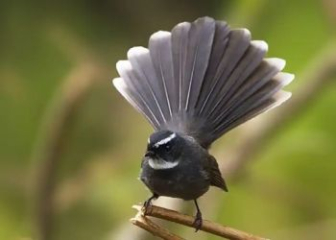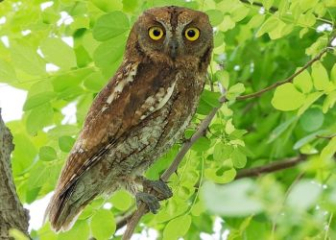Wood Duck - Discover the most beautiful and unique duck species in the world
Blog | by
The wood duck (Carolina duck) is one of the most beautiful ducks in North America. It is a good tree climber, has a gentle temperament, and loves to swim in water.
The wood duck (Caroline duck, scientific name Aix sponsa) is one of the most unique ornamental birds from North America. The male duck's colorful plumage, gentle temperament and interesting climbing ability have helped this duck species become increasingly popular in many countries, including Vietnam.
If you want to learn more about the origin, appearance, habits or price of wood ducks, don't miss the article below from nicebirds .
Information about wood ducks:
|
Scientific name |
Aix sponsa |
|
Common name |
Wood Duck, Carolina Duck |
|
Source |
North America |
|
Set |
Anseriformes - Order of Geese |
|
Surname |
Anatidae - Duck family |
|
Size |
43 - 52 cm |
|
Lifespan |
About 5 years |
Origin of wood duck
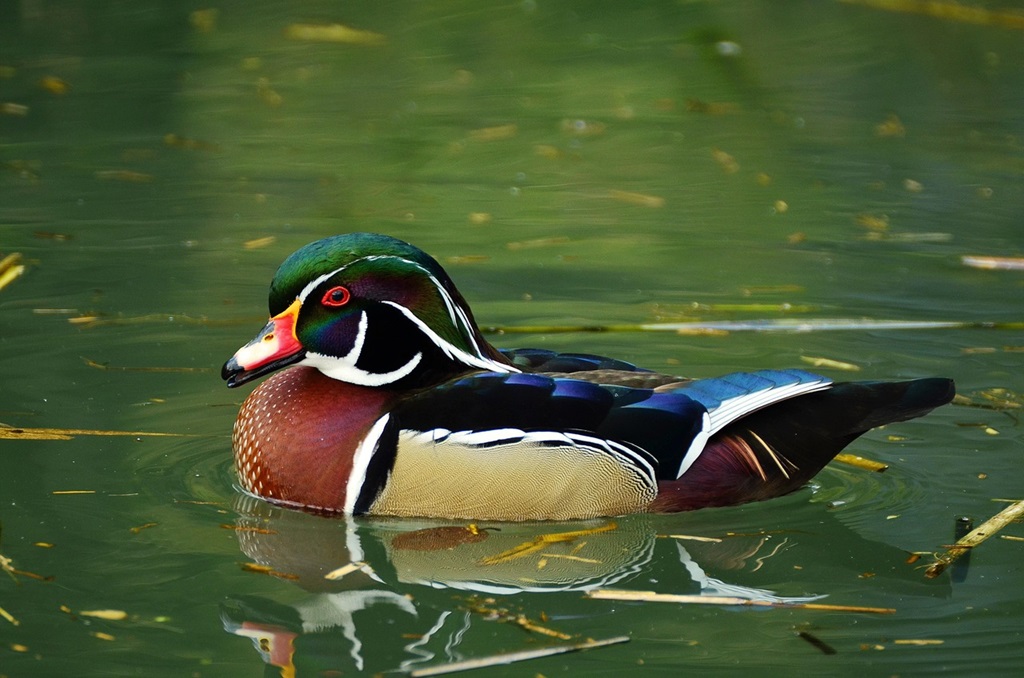
The wood duck is the most beautiful duck in North America.
The Wood Duck, also known as the Caroline Duck, scientific name Aix sponsa, is a species of duck, native to North America. Commonly distributed in the southeastern United States, along the western Pacific coast, the Gulf of Mexico and the Atlantic coast.
In the wild, Caroline ducks live in swamps, riverine forests, and freshwater lakes. The name “Aix sponsa” means “mating duck,” referring to the monogamous nature of this bird.
In the late 19th and 20th centuries, the Wood Duck suffered a severe decline in numbers due to hunting for its feathers and loss of habitat. However, thanks to strict conservation, the bird has recovered.
Nowadays, thanks to its colorful appearance and gentle nature, the wood duck is not only a native duck of North America but has also been introduced to many countries around the world, including Vietnam.
Wood duck appearance
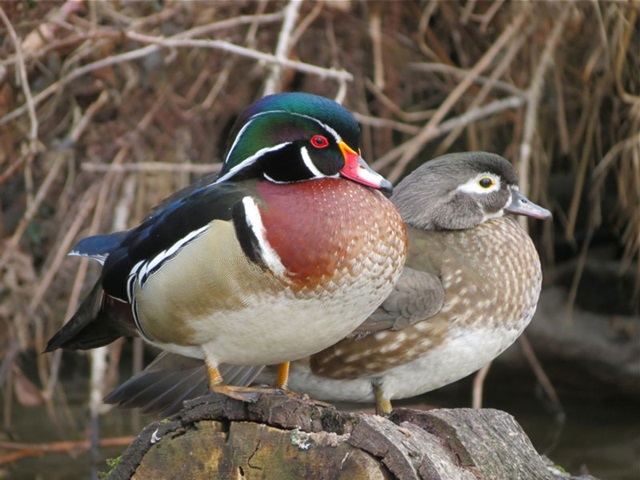
Appearance is distinctly different between male and female wood ducks.
Wood ducks are one of the most colorful, eye-catching and easily recognizable duck species. There are distinct differences between males and females. Learn more here.
Size and shape :
- Body length: 43 - 54 cm
- Weight: Average 500 - 700g
- Wingspan: 71 - 99 cm.
- Body: Compact, upright, long neck, head quite large compared to body.
Distinguishing between male and female wooden ducks :
|
Body parts |
Male Wood Duck (Male) |
Female Wood Duck |
|
Head |
The head has long, curved feathers that are metallic green with a purple tinge. The front of the head has an additional white stripe extending from the eyes to the nape of the neck. |
Grey brown, no crest, no white markings |
|
Eye |
Has a bright red color |
There are white rings around the eyes. |
|
Mine |
The mix of bright red, yellow, white and black looks very colorful |
Gray or dark brown |
|
Neck and chest |
Black with white vertical stripes, chest and belly are dark reddish brown |
The neck has a white coat on the lower neck and chin. |
|
Body and wings |
Has alternating black and white vertical stripes, black wings with iridescent blue stripes. The back is glossy black, metallic. |
Mainly grayish brown with pale white spots, good camouflage |
|
Tail |
Black, slightly flared when flying |
Black gray |
In general, male wood ducks have bright, eye-catching colors and are larger in size than female wood ducks, and this can be completely observed with the naked eye.
Characteristics and behaviors of wood ducks
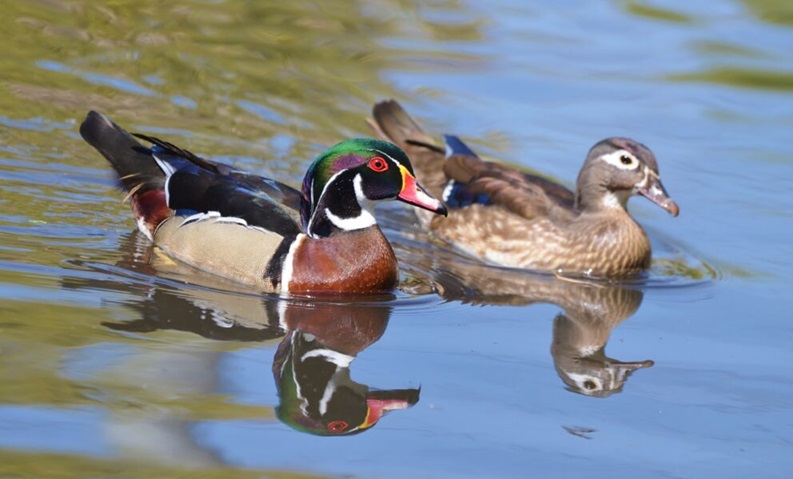
A male and female wood duck couple are swimming side by side.
Wood ducks not only have colorful appearance but also have extremely interesting habits and behaviors, completely different from other duck species in the family. Find out more details here.
Very good at climbing trees
Wood ducks are very good at climbing and moving between tree branches. This is related to the fact that their nests are often built high up in tree branches to avoid predators. When the ducklings hatch, they have to climb out of the nest on their own and move down to water to find food and live.
Eating habits change with age
Wood ducks are omnivores and do not maintain a set diet but will vary depending on their age. Specifically as follows:
- Baby wood ducks usually eat insects, larvae, earthworms, small fish,...
- Adult Wood Ducks prefer to eat seeds, berries, leaves and aquatic plants. They can also eat crustaceans and mollusks.
Social behavior
Wood ducks have a rather gentle temperament and rarely quarrel with other species. They also like to live in pairs or small groups.
These ducks also communicate with each other using a distinctive call. The male usually calls “jweep - jweep”, while the female calls “oo-eek” which sounds very pleasant to the ear.
Especially when in danger, they will fly very quickly into the jungle or hide on high tree branches, then use their cries to warn their fellows.
Can migrate seasonally
Some wood ducks live in areas with cold winters, they will have the habit of migrating south or to places with milder, warmer climates to avoid the cold.
Reproductive behavior
Wood ducks also have very interesting reproductive and parenting habits, typically the following:
- Breeding season usually runs from late winter to early spring.
- During the breeding season, male ducks will change their plumage to more colorful colors to attract female ducks.
- Male ducks will court female ducks by dancing, tilting their heads, flapping their wings and making characteristic calls.
- Female ducks often nest in tall tree holes near water and many female ducks can share a nest.
- After the ducklings hatch, they will leave the nest immediately, jumping onto the ground or water to follow their mother to find food.
Interesting facts about wood ducks
Below are some interesting facts about the wood duck (Caroline duck) that you may not know. What are you waiting for? Find out now!
- Wood ducks are the most colorful ducks in North America, with iridescent shades of green, burgundy, purple, black, and more. Because of this, they are over-hunted for their feathers to decorate hats.
- Wood ducks can lay eggs in each other's nests if they cannot find a nesting place, and one nest can contain 30 to 40 eggs.
- Their nests are usually made in tree hollows 3 - 15 m above ground.
- Wood ducks are a symbol of fidelity due to their long-term mating habits in the wild.
Some notes when raising wooden ducks as pets
If you want to raise wooden ducks as pets, pay attention to the following things to help the duck adapt well to the artificial environment, develop well and live the longest.
Living space near water
As you know, wood ducks spend most of their time swimming and soaking in water, so if you want to raise them, you need to prepare a space with a small lake or clean pond, large enough and deep enough for them to move comfortably.
If space is limited, you can build a cement pond equipped with a full water filtration system to provide a source of clean, clear water.
Prepare the nest on high
Wood ducks have a habit of nesting high up, so if you raise them for breeding, you need to prepare wooden nest boxes mounted at a height of 1.5 - 3 meters above the water surface and placed near the lake.
The inside of the nest should be lined with straw, soft cloth, sawdust or soft feathers to keep the duck eggs warm.
Provide a rich, complete diet
Wood ducks need a nutritious and varied diet. You should feed them the following:
- Rice, corn, millet, green vegetables such as spinach, cabbage,...
- Add worms, shrimp, and insects to help the ducks have the most beautiful feather color.
- Occasionally need to supplement vitamins periodically.
Avoid noisy places
Wood ducks are shy and easily frightened and startled, so you should raise them in a quiet area with few people passing by and little loud noise so they feel safe.
And be sure to avoid dogs, cats or rats because they can attack your ducks.
Do not keep with poultry
Although wood ducks are also part of the duck family, they have different living habits, so you should not raise them with common poultry such as grass ducks, chickens or geese to avoid spreading diseases or causing them stress.
Proactive disease prevention
To help wood ducks avoid some common poultry diseases, you need to inject basic vaccines such as bird flu and duck cholera according to the veterinarian's instructions.
Every day, it is necessary to observe strange and unusual signs in ducks such as lethargy, ruffled feathers, loss of appetite, diarrhea, etc. to promptly provide treatment.
Note that if you raise many wood ducks in residential areas or on farms, you need to strictly follow quarantine rules to avoid unnecessary risks.
Wooden duck price list (Caroline duck)
Right below is the updated price list of wooden ducks in the Vietnamese market at the present time. If you have a need to raise this unique duck, please refer to it immediately!
|
Wood Duck (Caroline Duck) |
Reference price (VND/piece) |
Note |
|
Baby Wood Duck |
1,000,000 - 1,800,000 |
Ducks from 2 - 4 weeks old, need careful care, experience |
|
Adult Wood Duck |
2,500,000 - 4,000,000 |
Ducks over 6 months old |
|
European imported wooden duck |
5,000,000 - 7,000,000 |
Wooden ducks imported directly from Europe, beautiful appearance, purebred |
|
Pair of wood ducks breeding |
5,000,000 - 7,000,000 |
Male and female pairs, previously mated, can reproduce immediately. |
Note :
- It is necessary to determine the purpose of raising for ornamental or breeding purposes to choose the appropriate breed.
- You should buy wooden ducks from reputable stores because this type of duck is not yet commonly sold in Vietnam.
- You should observe the wooden duck directly before buying to choose a healthy, beautiful, and smart duck.
Beautiful and impressive wooden duck images
Please enjoy the collection of super beautiful wood duck (Caroline duck) photos that we have collected below to see why they are known as one of the most colorful duck species in North America.
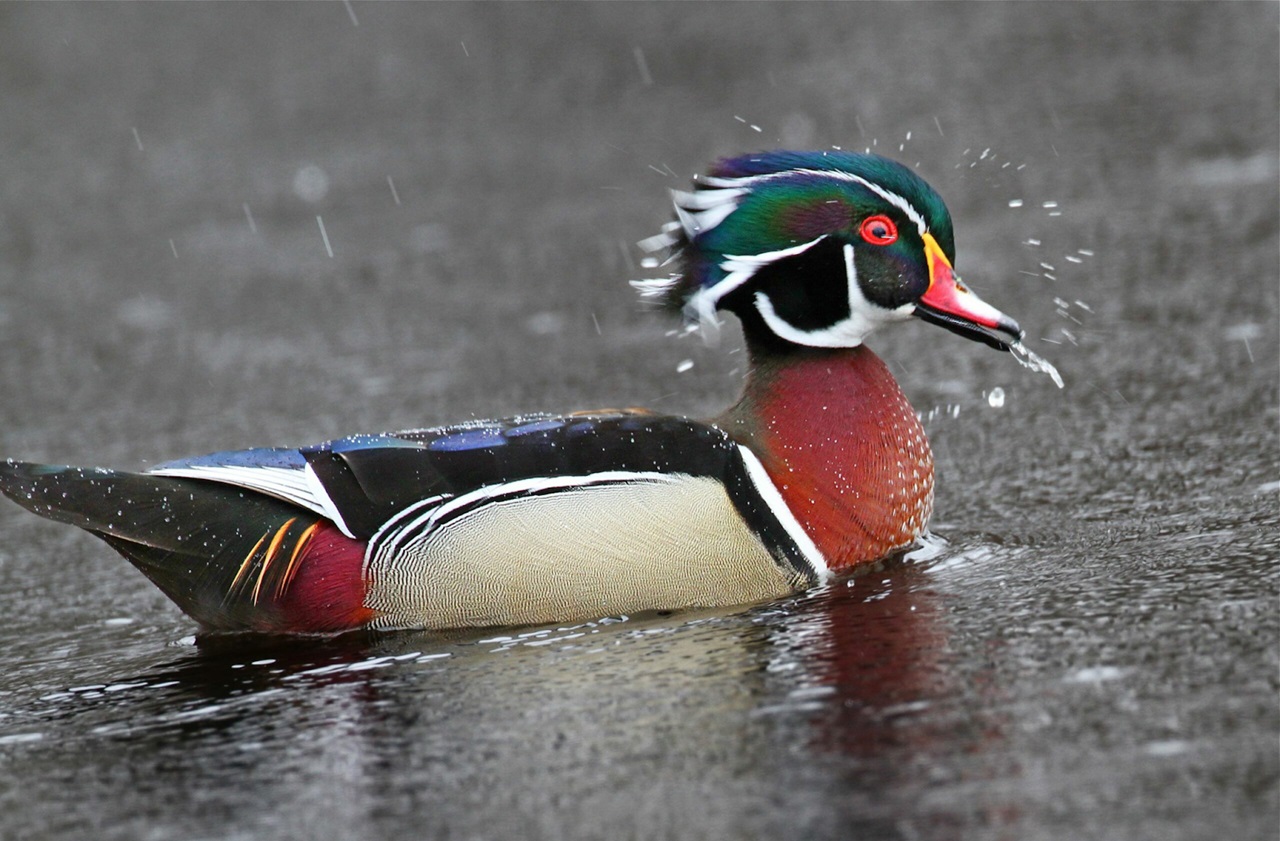
The moment a male wooden duck is swimming in the rain is extremely beautiful.
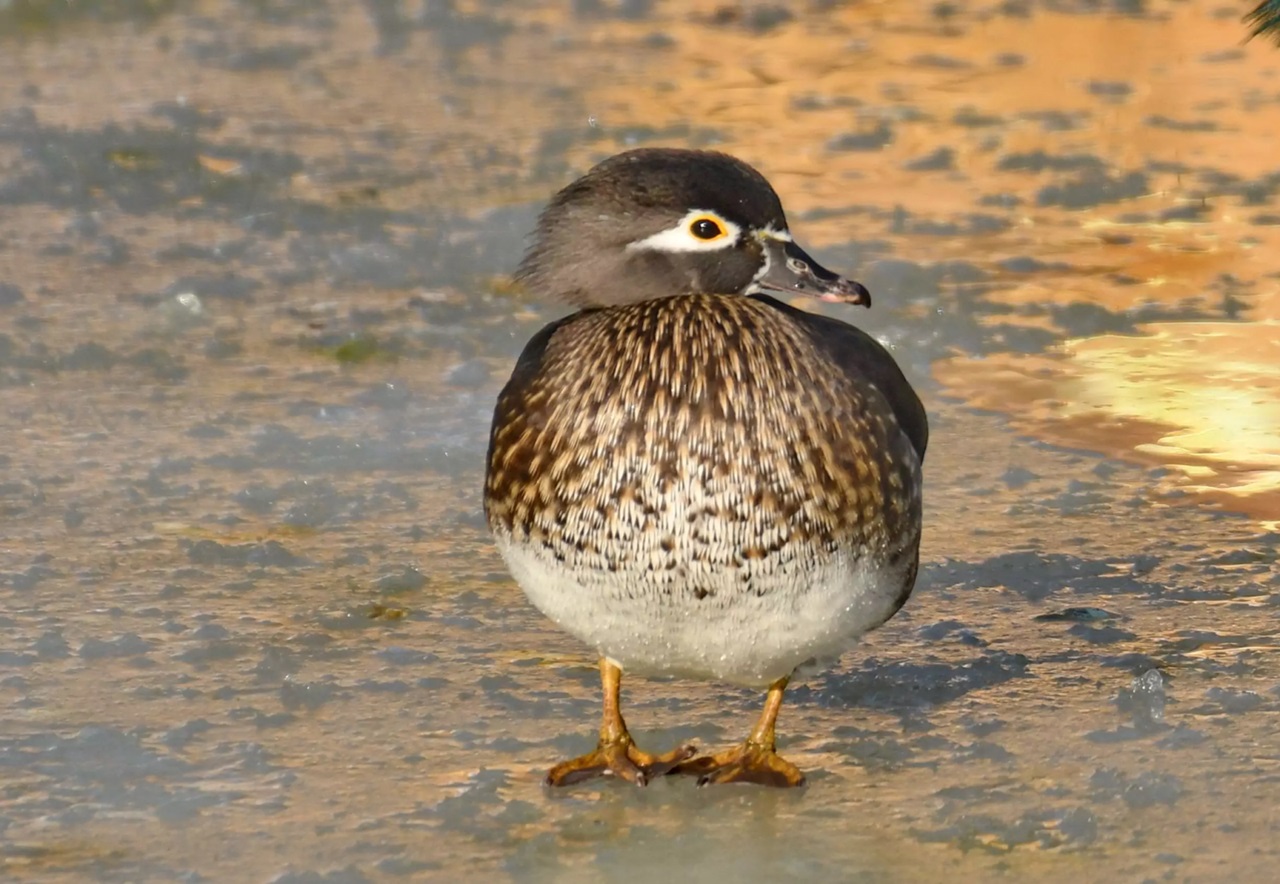
Female Wood Duck with simple color, suitable for camouflage.
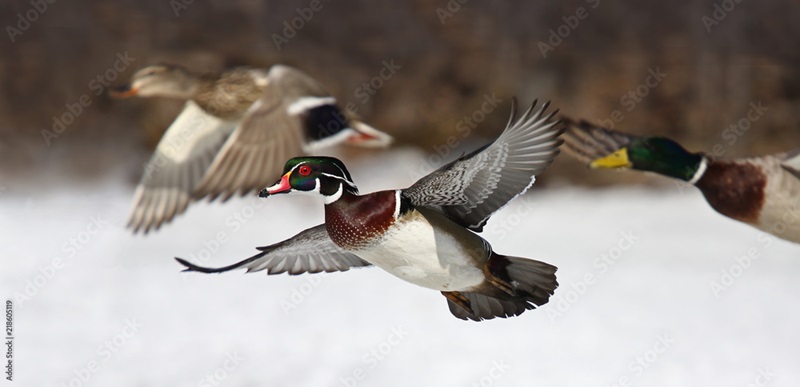
Image of ducks flying in the sky.

A male wood duck with beautiful, colorful feathers.
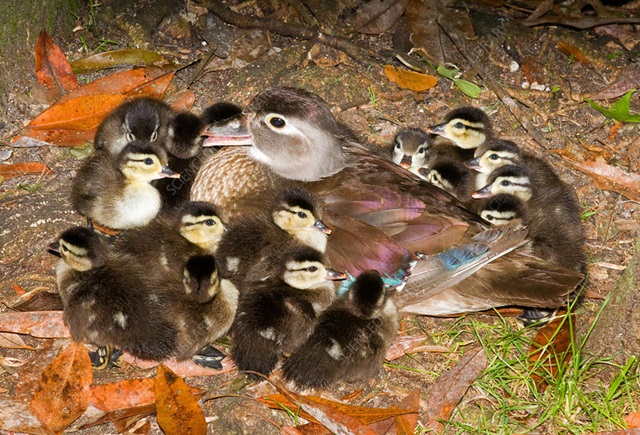
Image of baby wood ducks gathering around mother wood duck.

A flock of wooden ducks were swimming happily on the water.
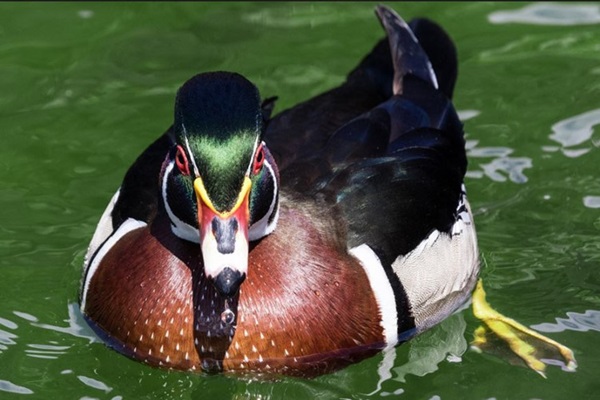
Close-up of the colorful, eye-catching beauty of a male wood duck.
Hopefully the information that nicebirds.net shares in the above article will help you better understand the wood duck (Caroline Duck) - a colorful, friendly bird from North America. If you have a large enough space with a clear lake, you can try your hand at this beautiful duck, guaranteed you will have many new and interesting experiences.
Don't forget to follow other articles in our Blog section to discover more pet birds in the world!

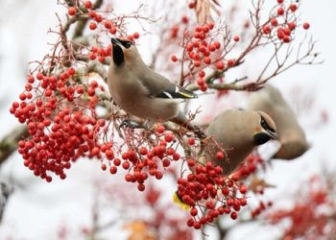

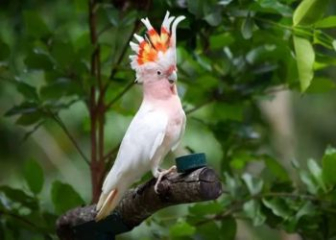
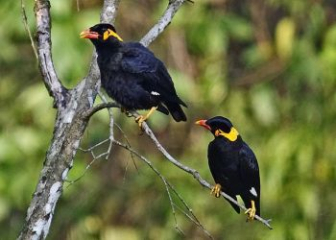
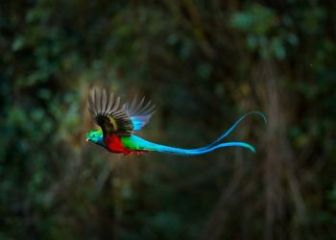





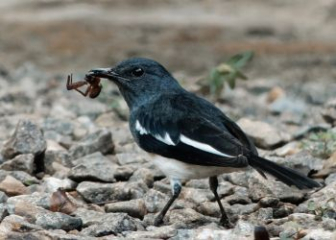
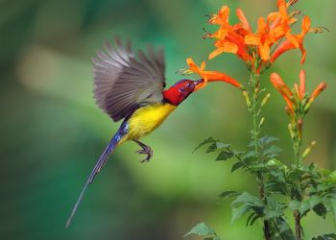


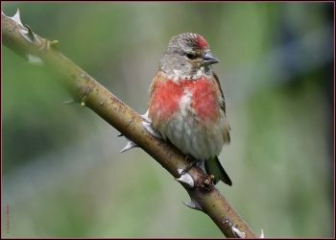
_350x250.jpg)
